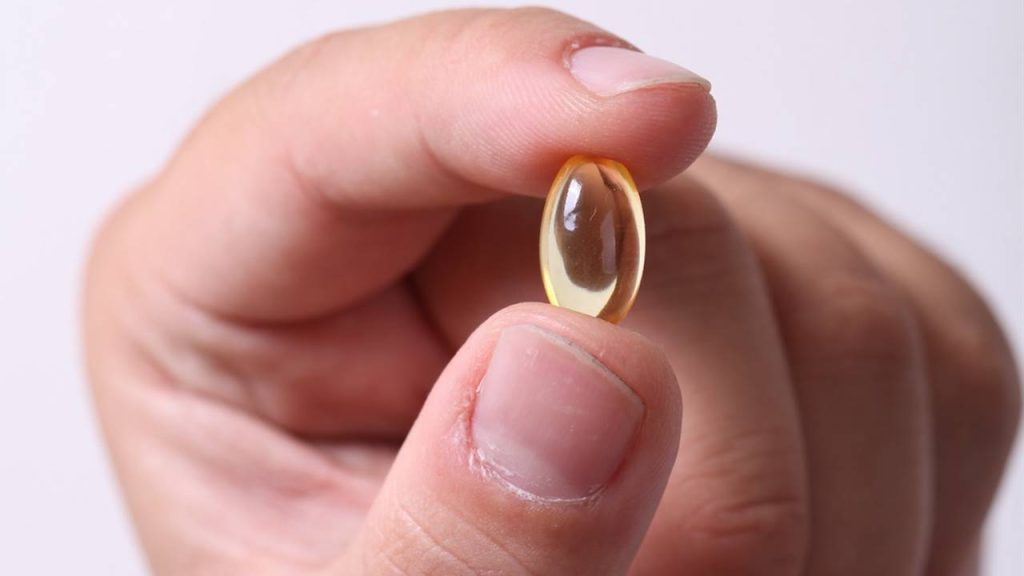Vitamin D supplementation has been associated with a lower incidence of skin cancer, including severe melanoma.

A review of studies by researchers at the University of Eastern Finland found fewer cases of melanoma and other skin cancers among people who regularly take a vitamin D supplement. The study was conducted by experienced dermatologists. The scientific work was carried out in collaboration between the University of Eastern Finland and Kuopio University Hospital, and published in the journal Melanoma Research.
Vitamin D plays a key role in the normal functioning of the human body and may also play a role in many diseases. The link between vitamin D and skin cancers has been studied extensively in the past, but research had focused primarily on serum levels of calcidiol, which is a metabolite of vitamin D, and its association with skin cancers.
The findings of these previous studies had been inconclusive and sometimes even contradictory, as serum calcidiol levels have been associated with a slightly higher and slightly lower risk of different types of skin cancer. This may be explained, in part, by the fact that serum calcidiol tests do not provide information on vitamin D metabolism in human skin, which can express enzymes that generate biologically active vitamin D metabolites or inactivate them.
MELANOMA AND VITAMIN D: WHAT IS THE RELATIONSHIP
The new study, conducted under North Savo’s skin cancer program, took a different approach: 498 adult patients at increased risk of skin cancer, such as basal cell carcinoma, squamous cell carcinoma or melanoma, were recruited into the outpatient dermatology clinic at Kuopio University Hospital.
Experienced dermatologists from the University of Eastern Finland carefully analyzed the patients’ background information and medical history and examined their skin. Dermatologists also classified patients into different skin cancer risk classes (low, moderate, or high). Based on the use of oral vitamin D supplements, patients were divided into three groups: non-users, occasional users, and regular consumers. Serum calcidiol levels were analyzed in half of the patients and found to correspond to self-reported vitamin D use.
A key finding of the study is that there were far fewer cases of melanoma among regular vitamin D users than among non-users, and that the skin cancer risk rating of regular users was considerably better than that of non-users. Mathematical analysis showed that the risk of melanoma among regular users was reduced by more than half, compared to non-users.
The findings suggest that even occasional users of vitamin D may have a lower risk of melanoma than non-users. The study found lower percentages of people with a past or present history of melanoma and any type of skin cancer among regular users. Since the research design was cross-sectional, the researchers could not demonstrate a causal relationship.
Other relatively recent studies have also provided evidence of the benefits of vitamin D in melanoma, such as the association of vitamin D with less aggressive melanoma.
The study authors have not been able to determine the dose of vitamin D with these cancer-preventive effects.
HOW IS VITAMIN D OBTAINED?
Vitamin D is produced in the body from exposing the skin to direct sunlight. This is the main source that is why it is often described as “the sunshine vitamin”. It is estimated that it takes between 15 and 30 minutes of daily exposure to produce a sufficient amount, but in reality, it depends a lot on factors such as the time of day, the type of skin (lighter or darker) or geographical latitude.
To a lesser extent, a complementary dose of vitamin D can be obtained from food. It is found in fatty fish (tuna, salmon, sardines, mackerel, etc.), cheese, egg yolk, mushrooms dehydrated in the sun and fortified foods.
VITAMIN D SUPPLEMENTS
Vitamin D supplements can be vitamin D2 (ergocalciferol) or vitamin D3 (cholecalciferol). The daily dose recommended by most health authorities is 600 international units per day.
To safely take a supplement, it is advisable to measure 25-hydroxyvitamin D levels before and after. Levels below 30 nmol/L (12 ng/ml) are too low for bone or overall health, and levels above 125 nmol/L (50 ng/ml) are probably too high.
A safe upper limit for vitamin D supplementation is usually 4,000 IU/day (100 mcg/day).



